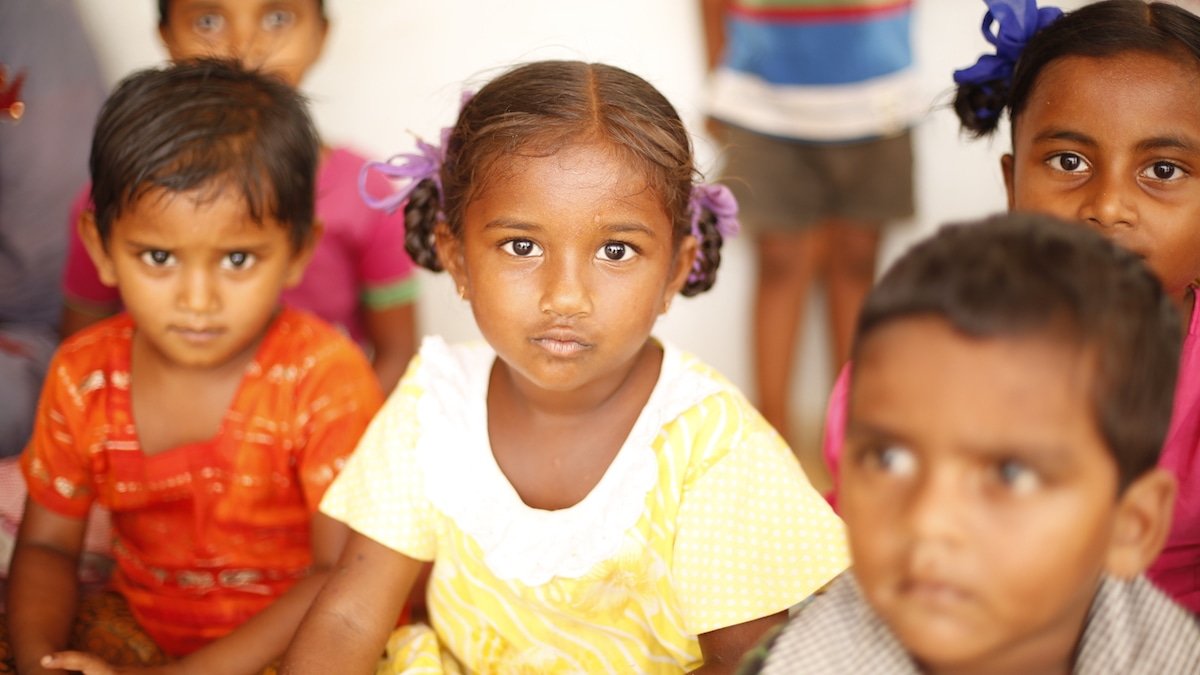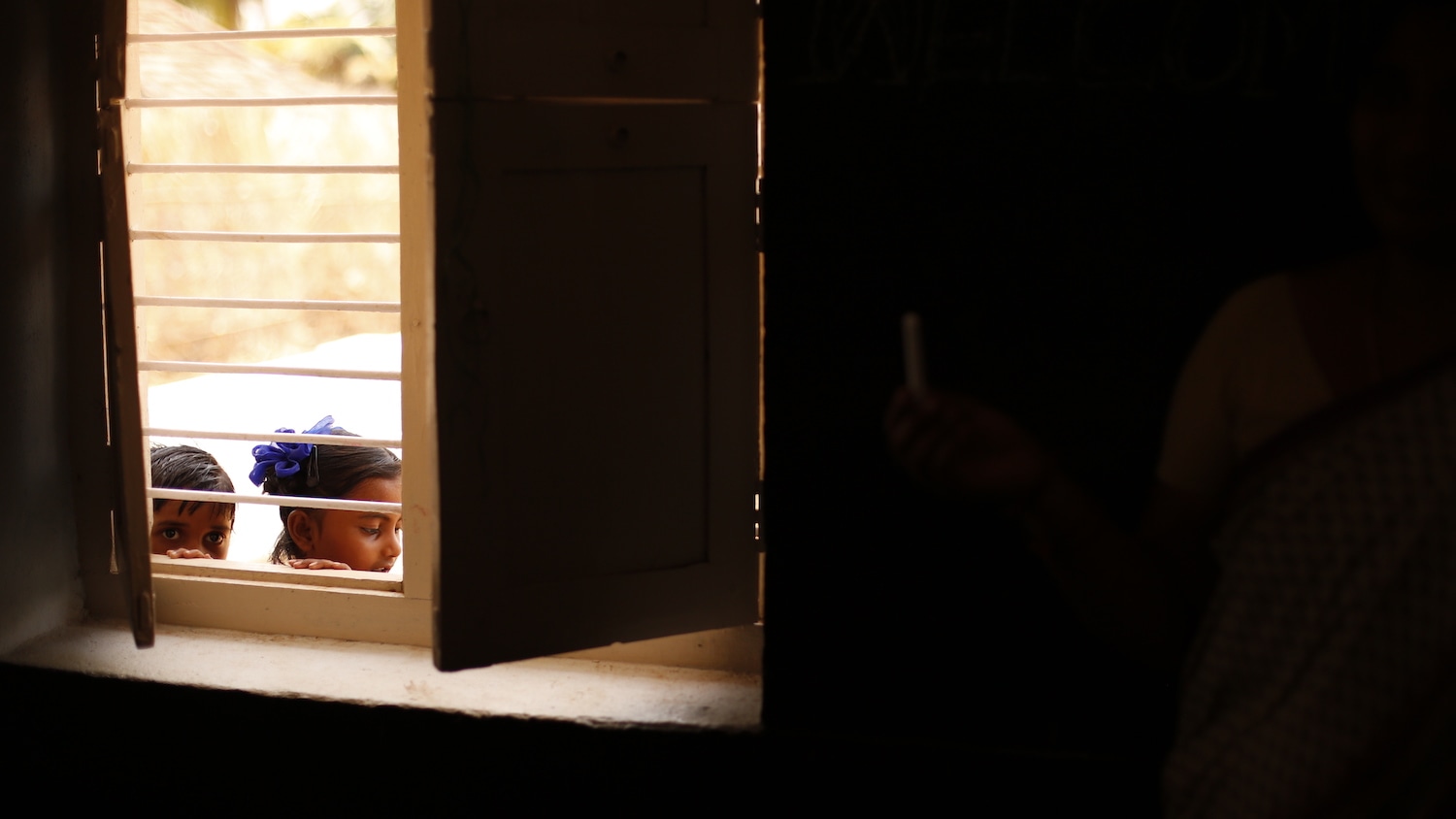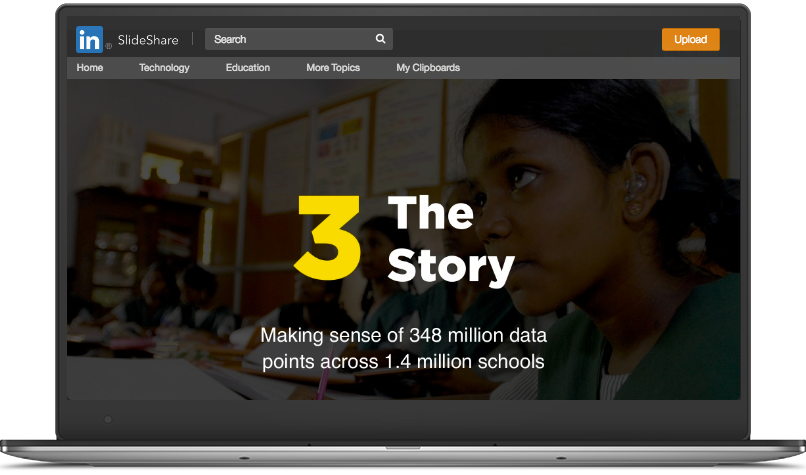DECK
Keep reading
Want more information? Check out Slideshare for more details and the full story behind this case study.
Read more
Case study
Though India passed the Right to Education Act 8 years ago, only 8% of schools currently follow it. We partnered with Oxfam India to highlight this issue, using a dynamic scorecard to show which districts are doing well and which are falling short.

Oxfam India
Nonprofit
India
India passed the Right to Education (RTE) Act in 2009, which sets certain norms (like student-teacher ratios and toilet facilities) required to fulfill every child’s right to education. As of 2015, only 8% of schools in India complied with all RTE norms.
Oxfam India launched a campaign called Haq Banta Hai to build awareness around RTE gaps and drive full RTE implementation. Oxfam aimed to build an interactive scorecard with each district’s performance to promote public awareness and show Members of Parliament where their districts were falling short.
Oxfam India partnered with SocialCops to conceptualize and build a data-driven interactive scorecard on RTE implementation. Our platform was deployed to aggregate data across 1.4 million schools, assess each district’s RTE compliance, and publish the data on an engaging public dashboard.

Data about 1.4 million schools — including 150 data points on each school’s infrastructure, classroom-teacher ratio, pupil-teacher ratio, and other RTE parameters — was sourced from our data repository.

Transform aggregated school-level data at a district level, then assigned weights to each parameter to create an overall RTE-compliance score for each of India’s 640 districts.

The RTE-compliance score was visualized on an interactive map-based dashboard. This made it easy for MPs, district officials, and the public to identify geographic clusters with poor RTE compliance and understand where each district was falling short.

Inequality in India is rising at an alarming rate, putting the future of our country at stake. Education is the greatest equalizer against inequality. By ensuring full implementation of the RTE Act, we can achieve two things — quality education for all children and reduction in inequality.
Head of Haq Banta Hai campaign
Oxfam IndiaData aggregation
Data from DISE (District Information System for Education) was pulled from Access. The data covered 240 indicators like student-teacher ratio and toilet facilities.
Data cleaning and score creation
Our data scientists cleaned and verified all the data, then converted the data into a single score for each district and the district were ranked by score.
Data visualization
Data was visualized on an interactive dashboard, including district comparisons, search capabilities, and an interactive scorecard.
SocialCops is great at sourcing and visualizing data, but what was even more helpful was their immense support as a thought partner while designing our campaign!

DECK
Want more information? Check out Slideshare for more details and the full story behind this case study.
Read more